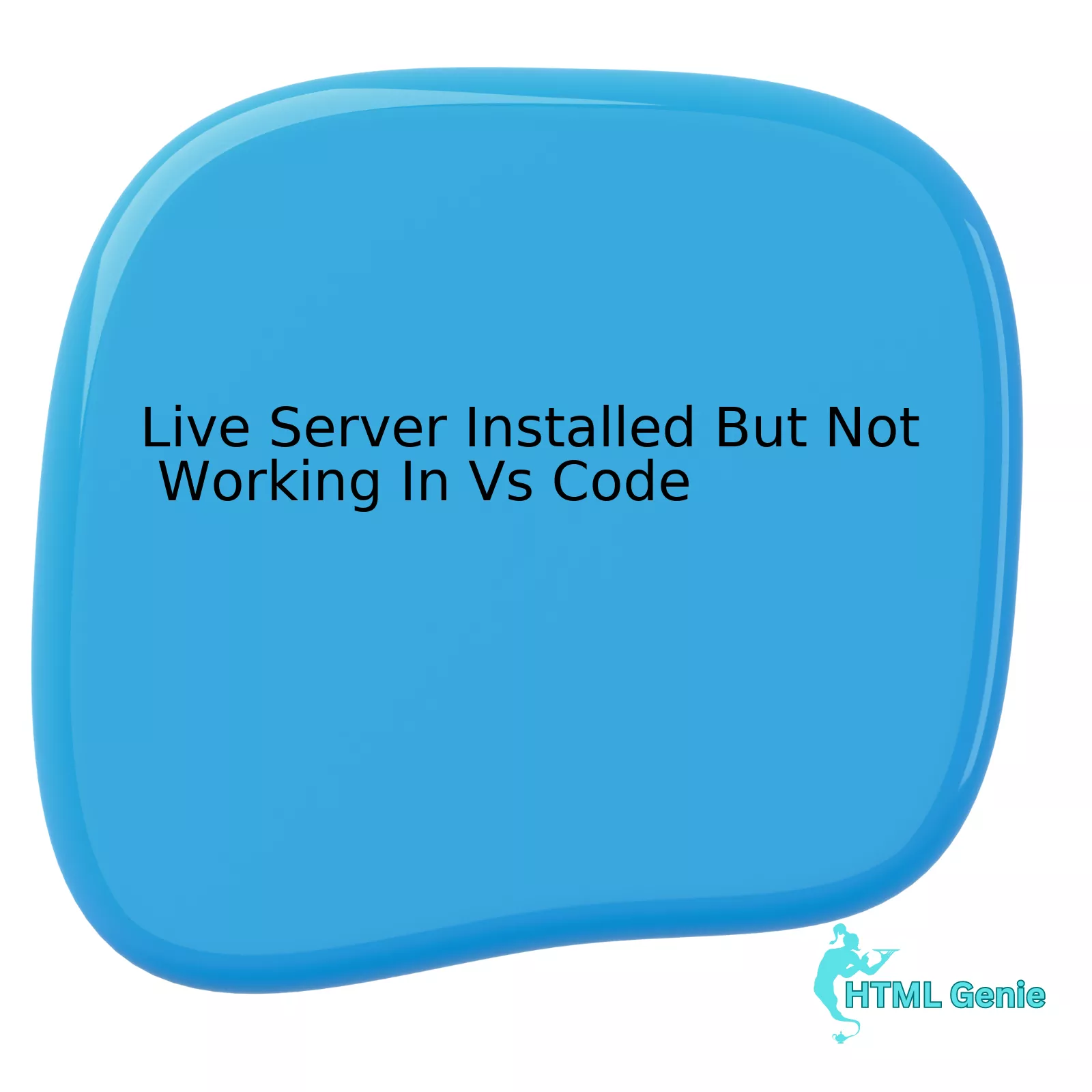 Codetipi
CodetipiEmbarking on the journey of Frontend Development can often feel like standing at the base of a colossal mountain range. Before you lies a vast, sometimes bewildering, landscape of technologies, frameworks, and best practices. This is the “Mountain of Dogs”—a playful metaphor for the sheer scale and diversity of the web development world. Each peak represents a major concept like layout or interactivity, while the countless, energetic “dogs” are the individual HTML Tags, CSS Properties, and JavaScript functions you must learn to command. This guide serves as your map and compass, designed to lead you through this challenging but rewarding terrain. We will start with the foundational bedrock of all websites, HyperText Markup Language (HTML), and then explore how to paint these structures with the vibrant colors of Cascading Style Sheets (CSS). Whether you’re a complete beginner or an experienced developer seeking to solidify your understanding of Web Standards, this comprehensive HTML CSS Tutorial will equip you with the knowledge to build beautiful, functional, and accessible websites from the ground up.
Laying the Foundation: The Unwavering Importance of Semantic HTML
Before any styling or interactivity can be applied, a web page needs a solid skeleton. This is the role of HTML. However, modern web development demands more than just a collection of `<div>` tags. The key to a robust, accessible, and search-engine-friendly website lies in using Semantic HTML. This practice involves choosing HTML elements based on their meaning, not their appearance.
Beyond `<div>`: The Power of Meaningful Structure
In the early days of the web, developers often relied heavily on the generic `<div>` element to structure content, leading to what’s known as “div-itis.” While functional, this approach provides no context to browsers, search engines, or assistive technologies like screen readers. HTML5 Features introduced a rich set of semantic elements to solve this problem, giving every part of your page a clear purpose.
- `<header>`: Represents introductory content, typically a group of introductory or navigational aids. It can contain headings, logos, search forms, etc.
- `<nav>`: Designates a section of a page whose purpose is to provide navigation links, either within the current document or to other documents.
- `<main>`: Specifies the main, dominant content of the `<body>` of a document. There should only be one `<main>` element per page.
- `<article>`: Represents a self-contained composition in a document, such as a forum post, a magazine or newspaper article, or a blog entry.
- `<section>`: Defines a thematic grouping of content, typically with a heading.
- `<aside>`: Represents a portion of a document whose content is only indirectly related to the document’s main content (e.g., sidebars, call-out boxes).
- `<footer>`: Defines a footer for a document or section, often containing authorship information, copyright data, or links to related documents.
Using these HTML Elements correctly is a cornerstone of HTML Best Practices and is fundamental to achieving good Web Accessibility and SEO performance.
Core Building Blocks: Essential Tags and Attributes
Beyond the main structural elements, every developer must master the fundamental tags that hold the actual content. This includes headings (`<h1>` through `<h6>`), paragraphs (`<p>`), unordered and ordered lists (`<ul>`, `<ol>`), and links (`<a>`). Each of these elements can be enhanced with HTML Attributes, which provide additional information.
For example, the `<a>` tag is useless without its `href` attribute, which specifies the link’s destination. Similarly, the `<img>` tag requires a `src` attribute for the image source and, crucially, an `alt` attribute. The `alt` text provides a description of the image for screen readers and for situations where the image fails to load, a critical component of W3C Standards for accessibility.
Interactive Components: A Deep Dive into HTML Forms and Tables
Web pages are not just static documents; they are interactive experiences. HTML Forms are the primary way to collect user input. A well-structured form uses the `<form>` element as a container, `<label>` to describe each input, and various `<input>` types (like `text`, `email`, `password`, `checkbox`, `radio`, and `submit`) to capture data. HTML5 introduced powerful new input types such as `date`, `color`, and `range`, which improve the UX Design by providing native UI controls.
HTML Tables, while once misused for Page Layout, have a clear and important semantic purpose: displaying tabular data. A proper table uses `<table>`, `<thead>` for headers, `<tbody>` for the main data, `<tr>` for rows, `<th>` for header cells, and `<td>` for data cells. Using tables for their intended purpose ensures the data is understandable to all users.
Painting the Landscape: From Basic Styling to Advanced CSS Layouts
If HTML is the skeleton, CSS is the skin, hair, and clothing that bring a website to life. It controls the entire visual presentation, from colors and fonts to complex animations and responsive layouts. Understanding Modern CSS is essential for any frontend developer aiming to create compelling and professional designs.
The Core Concepts: CSS Selectors and the Cascade
At its heart, CSS works by applying rules to HTML elements. The power of CSS lies in its robust system of CSS Selectors, which allow you to target elements with incredible precision. You can select elements by their tag name (`p`), class (`.button`), or ID (`#main-logo`). You can also use more advanced selectors to target elements based on their attributes, state (`:hover`), or position in the document (e.g., `:first-child`).
The “Cascade” in Cascading Style Sheets is the algorithm that determines which CSS rule applies if multiple rules target the same element. Understanding specificity—how browsers decide which rule is more specific and therefore wins—is the key to avoiding frustration and writing predictable, maintainable CSS.
This fundamental principle of CSS Styling governs how styles are inherited and overridden, forming the basis of all visual design on the web.
Revolutionizing Web Layout: CSS Flexbox vs. CSS Grid
For years, creating complex layouts in CSS was a difficult task involving floats and positioning hacks. This changed completely with the introduction of two revolutionary layout modules: CSS Flexbox and CSS Grid.
- CSS Flexbox is a one-dimensional layout model perfect for distributing space along a single axis (either a row or a column). It is ideal for component-level layouts like navigation bars, card collections, and form controls. A Flexbox Layout makes aligning items vertically and horizontally trivial.
- CSS Grid is a two-dimensional layout model, designed for creating complex, grid-based page structures. It allows you to control both rows and columns simultaneously, making it the perfect tool for the overall Page Layout of a website, including headers, footers, sidebars, and main content areas. A Grid Layout provides unprecedented control over web design.
Mastering both Flexbox and Grid is non-negotiable for modern Frontend Web development. They are not competing technologies; they are complementary tools designed for different layout challenges.
Dynamic and Efficient Styling: CSS Variables and Preprocessors
As projects grow, managing CSS can become cumbersome. Modern CSS offers powerful tools to make styling more dynamic and maintainable. CSS Variables (officially called Custom Properties) allow you to store values (like colors or font sizes) in a variable and reuse them throughout your stylesheet. This is a game-changer for theming and making global design changes.
:root {
--primary-color: #3498db;
--main-font-size: 16px;
}
body {
font-size: var(--main-font-size);
}
a {
color: var(--primary-color);
}
For even more power, many developers turn to CSS Preprocessors like SASS or LESS. These tools add features not yet available in native CSS, such as nested rules, mixins (reusable blocks of styles), and functions, which can dramatically speed up development and improve code organization.
Taming the Wilds: Responsive Design and Web Accessibility
A website that looks great on a desktop but is unusable on a phone is a failed design. Similarly, a beautiful site that is inaccessible to users with disabilities fails its core purpose. The principles of Responsive Design and Web Accessibility are not afterthoughts; they are essential requirements for professional Web Development.
The Mobile-First Design Philosophy
The concept of Mobile-First Design dictates that you should design and build for the smallest screen first and then progressively enhance the experience for larger screens. This approach forces you to prioritize content and functionality, leading to a leaner, more focused user experience on all devices. It is a core tenet of modern UI Design and ensures that your site performs well on the devices the majority of users now use to access the web.
Practical Implementation: Media Queries and Fluid Units
The primary tool for creating a CSS Responsive layout is the media query. Media queries allow you to apply specific CSS rules only when certain conditions are met, such as the screen width being above or below a certain size. This is how you adapt your Web Layout for different devices.
/* Base styles for mobile */
.container {
width: 100%;
}
/* Styles for tablets and larger */
@media (min-width: 768px) {
.container {
width: 90%;
max-width: 960px;
margin: 0 auto;
}
}
To complement media queries, it’s best practice to use fluid units like `rem` (relative to the root font size), `em` (relative to the parent’s font size), and percentages (`%`) for typography and layout, rather than fixed `px` values. This allows your design to scale smoothly across different screen sizes.
Designing for Inclusivity: Accessibility (a11y) Best Practices
Accessibility (often abbreviated as a11y) is the practice of making your websites usable by as many people as possible, including those with disabilities. This is not just a moral imperative but also a legal requirement in many regions. Key practices include:
- Using Semantic HTML: As discussed, this gives screen readers the context they need to interpret the page.
- Providing Alt Text for Images: Ensures visually impaired users understand the content of images.
- Ensuring High Color Contrast: Makes text readable for users with low vision.
- Enabling Keyboard Navigation: All interactive elements should be reachable and operable using only the keyboard.
- Using ARIA Labels: Accessible Rich Internet Applications (ARIA) attributes can be used to add extra context to elements, especially for dynamic web applications.
Good Web Accessibility is simply good UX Design. It benefits everyone by making your site more robust and easier to use.
Choosing Your Gear: The Modern Toolkit and Best Practices
The final ascent of our “Mountain of Dogs” involves understanding the vast ecosystem of tools, frameworks, and workflows that streamline modern development. Choosing the right gear can make the climb significantly easier.
The Role of a CSS Framework
A CSS Framework provides a collection of pre-written CSS (and sometimes JavaScript) to help you build user interfaces quickly. Popular options include:
- Bootstrap: One of the oldest and most popular frameworks, offering a vast library of pre-styled components.
- Tailwind CSS: A utility-first framework that provides low-level utility classes to build custom designs without writing custom CSS.
- Foundation: A professional, responsive framework that is highly customizable.
Frameworks can accelerate development, but it’s crucial to understand the underlying HTML and CSS principles first. Over-reliance on a framework without this foundational knowledge can be a crutch that hinders true mastery.
HTML and CSS Tips for Clean, Maintainable Code
Regardless of the tools you use, writing clean code is paramount. Here are some final HTML Tips and CSS Tricks to keep in mind:
- Validate Your Code: Use the W3C validators to check for errors in your HTML and CSS.
- Be Consistent: Adopt and stick to a consistent naming convention for your CSS classes (e.g., BEM – Block, Element, Modifier).
- Comment Your Code: Explain complex or non-obvious parts of your code for your future self and for other developers.
- Keep Specificity Low: Avoid overly specific CSS selectors (e.g., `#sidebar ul li a`) as they are hard to override and lead to “specificity wars.”
- Optimize Assets: Compress images and minify your CSS and JavaScript files to improve page load times.
The world of Web Development is a vast and ever-evolving mountain range. We have traversed its foundational landscape, from the solid ground of Semantic HTML and core HTML5 Features to the vibrant, dynamic terrain shaped by Modern CSS. We’ve learned to chart our course with powerful layout tools like CSS Flexbox and CSS Grid, and we’ve ensured our path is open to all travelers through the principles of Responsive Design and Web Accessibility. The journey to mastery is ongoing; new peaks will always appear on the horizon, from advanced JavaScript frameworks to new W3C Standards. However, by mastering these fundamental principles, you have built a solid base camp from which you can confidently tackle any challenge. The “Mountain of Dogs” may be intimidating, but with a solid understanding of HTML and CSS, you have the skills to lead the pack.




